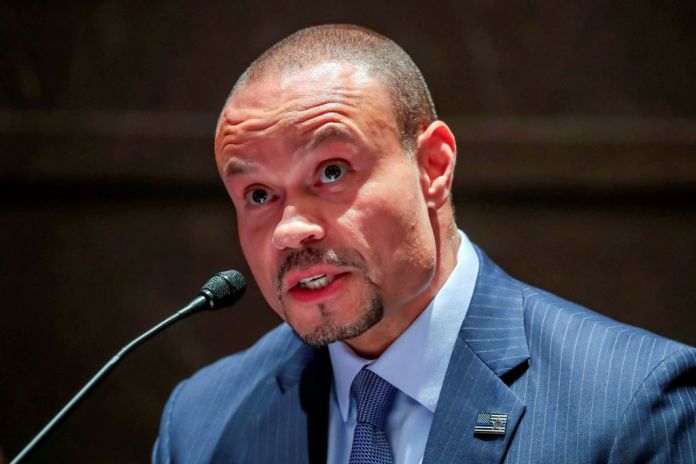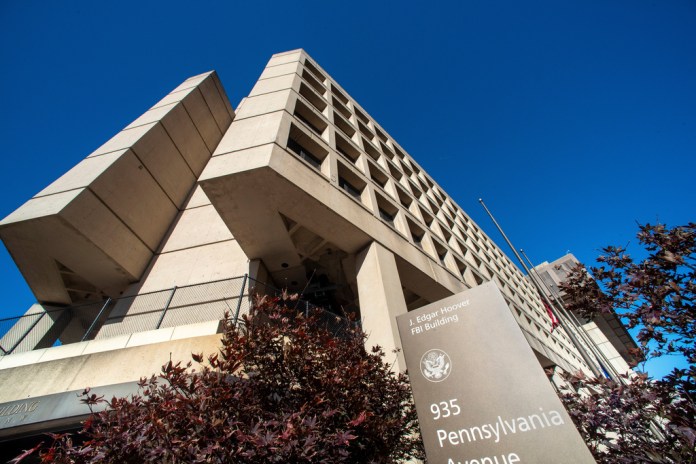Lung Cancer, “Silent Killer”, Still Curable If Detected Early
Lung cancer is often called “the silent killer,” because it can go unnoticed until reaching advanced stages when death is inevitable.
According to National Cancer Institute, 65.8 percent of lung cancer cases were diagnosed at a late stage, surpassing other common cancers like colon cancer, breast cancer, and prostate cancer.
“Other cancers give you signs and symptoms,” Raja M. Flores, MD, thoracic surgeon, and Chief of the Division of Thoracic Surgery at Mount Sinai Hospital., told The Epoch Times.
Lung cancer is different.
According to the American Lung Association (ALA), lung cancer is now the leading killer for both men and women in the U.S., and in 1987, it surpassed breast cancer to become the leading cause of cancer deaths in women.
Some Lung Cancer Patients Have Signs While Most Do Not
Many of the symptoms of lung cancer depend on location.
“When you have a tumor that’s closer to your trachea, you may cough up a little blood in early stage,” Flores said. “You may have a wheeze.”
However, the majority of lung cancers don’t occur centrally, near the trachea. Instead, they occur on the outer parts of the lung.
When it’s curable, you don’t know it’s there. Until it has spread.
That’s the biggest thing. “I think everybody tries to ask what signs should I look for—you’re not going to have signs,” said Flores.
A 2020 Spainish study published in the European Society for Medical Oncology Open analyzed the symptoms of non-small cell lung cancer (NSCLC)—the most common type of lung cancer. The study involved nearly 10,000 patients. The result showed that at stage I, the most common symptom was coughing, however, only 1.8 percent of the patients showed this symptom. As the cancer progressed to stage IV, 17.9 percent of patients showed cough symptoms.

The other main type of lung cancer is small cell lung cancer. There are treatments for both types that carry relatively high survival rates if the disease is caught early.
Small cell is usually treated with chemotherapy unless it’s in its very early stage, called a small nodule stage one, when it can be removed surgically.
“But they usually do chemotherapy in addition to that and they’ll get a brain scan to make sure there’s nothing that’s spread to the brain,” Flores said.
Non-small cell lung cancer can be split into two categories—adenocarcinoma and squamous cell carcinoma. They make up about 80 to 85 percent of lung cancers.
“These tend to grow and spread more slowly,” said Aimee Strong, DNP, Nurse Practitioner, University of Virginia Thoracic Surgery, Lung Cancer Screening Program
Adenocarcinoma often begins along the outer parts of the lungs and is the most common type of cancer in people who have never smoked. However, squamous cell cancer can begin near the middle of the lungs.
Small cell lung cancer is almost always related to smoking. “It is fast growing and spreads quickly,” said Strong.
Smoking Is Not the Only Risk Factor
The degree of risk depends from person to person, and it’s not only smoking but also secondhand smoke that increases the odds of developing lung cancer.
“Let’s say you grew up in a household where mom and dad were smoking like chimneys, especially back in the seventies, you’re at risk,” Flores said.
Flores has had patients who were DJs back when clubs were full of cigarette smoke, who eventually developed lung cancer.
This isn’t the only problem.
“People from 9/11 who were exposed to the asbestos in the pulverized dust down there [are also at risk],” he said.
Besides, research published in European Respiratory Review, finds that there is a significant genetic component to lung cancer risk.
In China, lung cancer has been increasing over the past decades.
“There are some people who believe there’s a genetic component to it, [and] that you see [it] in the Chinese population,” said Flores. At the same time, “when you go there you realize that pollution is out of control.”
He noted it’s hard to say whether genetic or environmental factors play a bigger role, but tends to think this is due to the environmental conditions in China.
“I do believe that if you develop cancer, you got it from some external insult that caused the mutation in your system, that’s given you this cancer,” said Flores. “I don’t think it’s just bad luck.”
Early Detection Is ‘Very Curable’, Screening Is Essential
There are significantly more treatment options for lung cancer than were available even five years ago, and more sophisticated forms of radiation therapy to treat the disease.
When caught early, especially with the low-dose CAT scan, lung cancers are “very curable,” said Flores.
This even includes fast growing small cell lung cancers.
The problem is not that we don’t have a cure.
“We have a cure, 80 percent of the people with stage I will be cured,” Flores said. “The problem is that we don’t catch it early enough.”
He said the best solution is screening, and people who should be screened for lung cancer include:
- Current and former smokers
- People exposed to asbestos or radon gas
- Those with a family history of lung cancer
People who are at risk can see a lung physician, whether it’s a surgeon, a pulmonologist, a radiologist, or an internal medicine doctor.
Flores observed that many at risk due to previous smoking, now have families.
“They have this guilt that they smoked and how can you fix that guilt?” Flores asked. “Get a screening CAT scan.”
" Conservative News Daily does not always share or support the views and opinions expressed here; they are just those of the writer."





